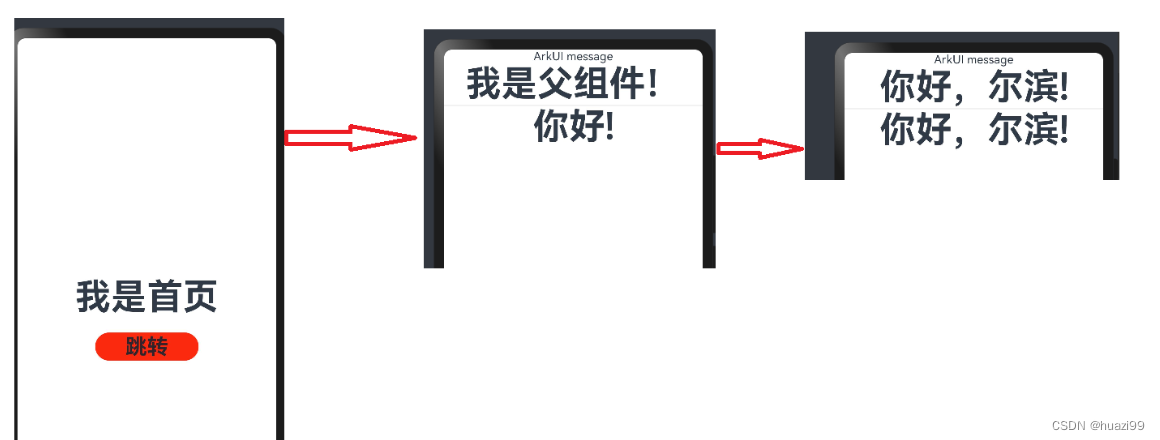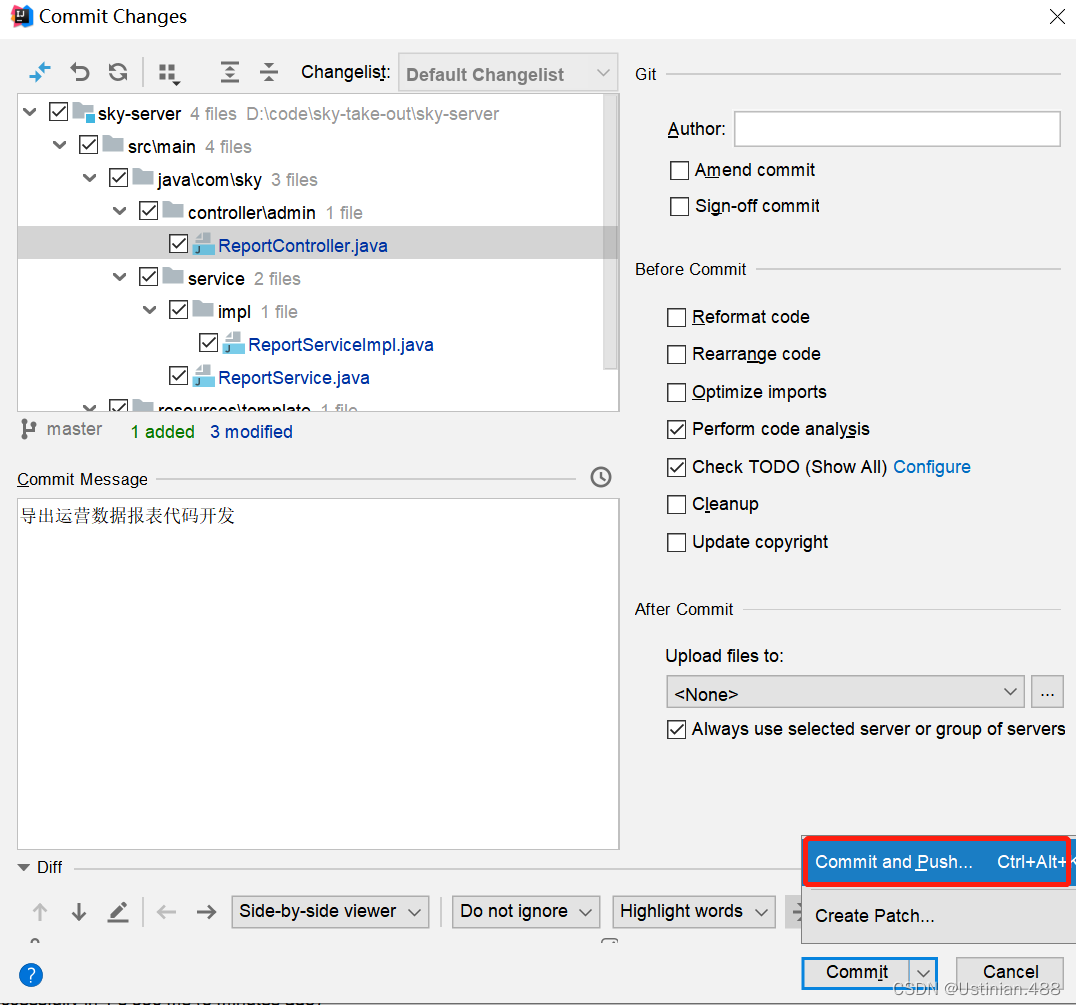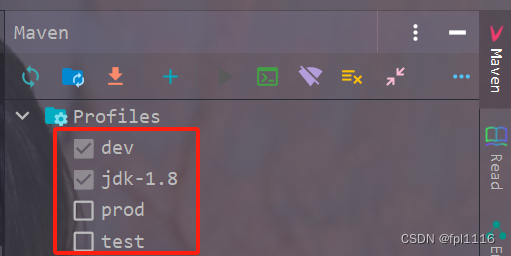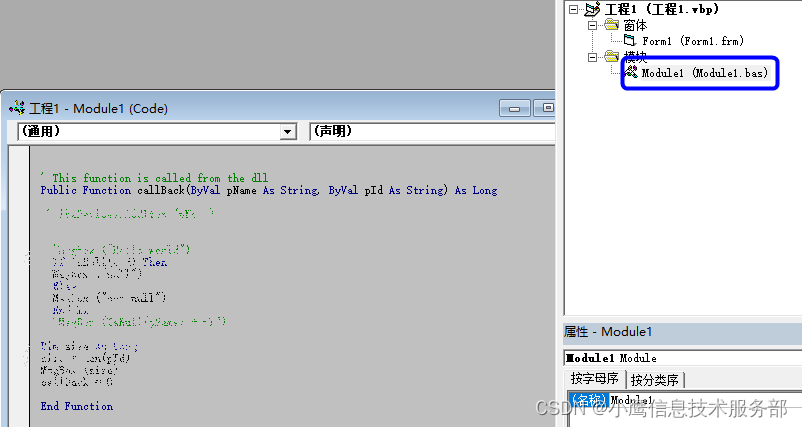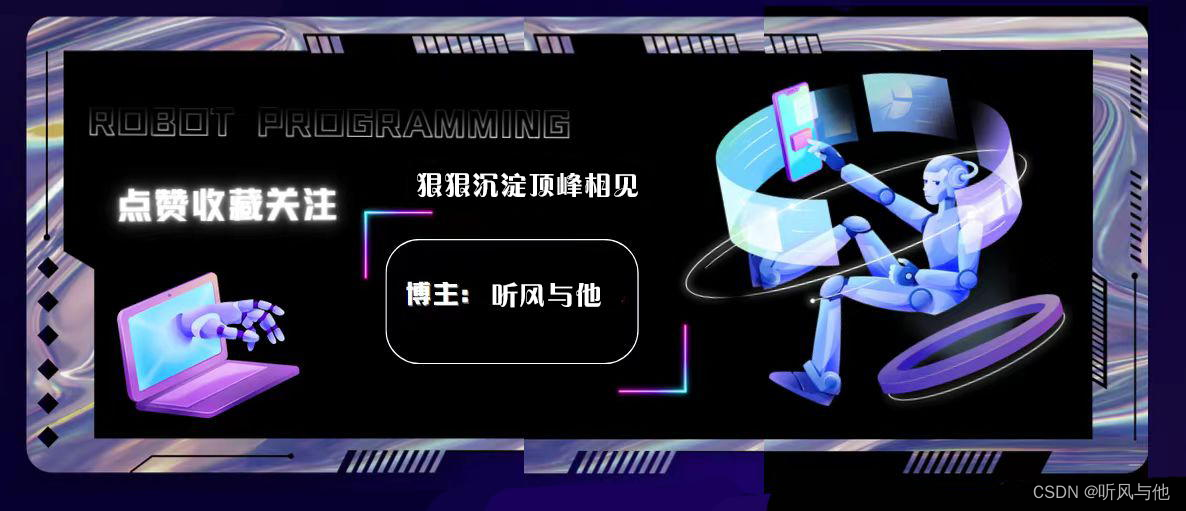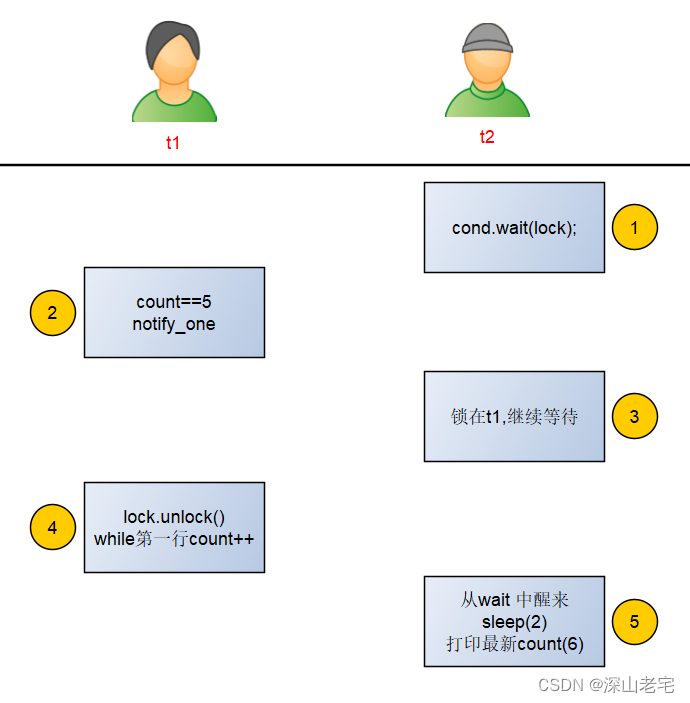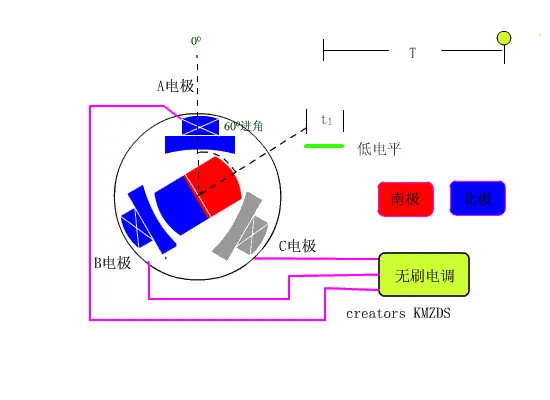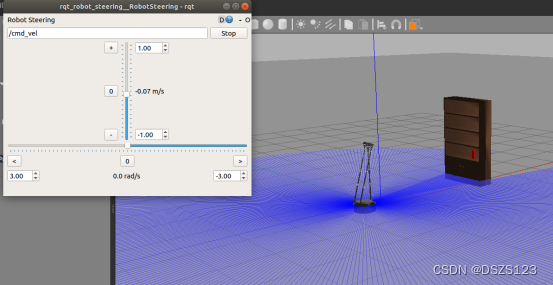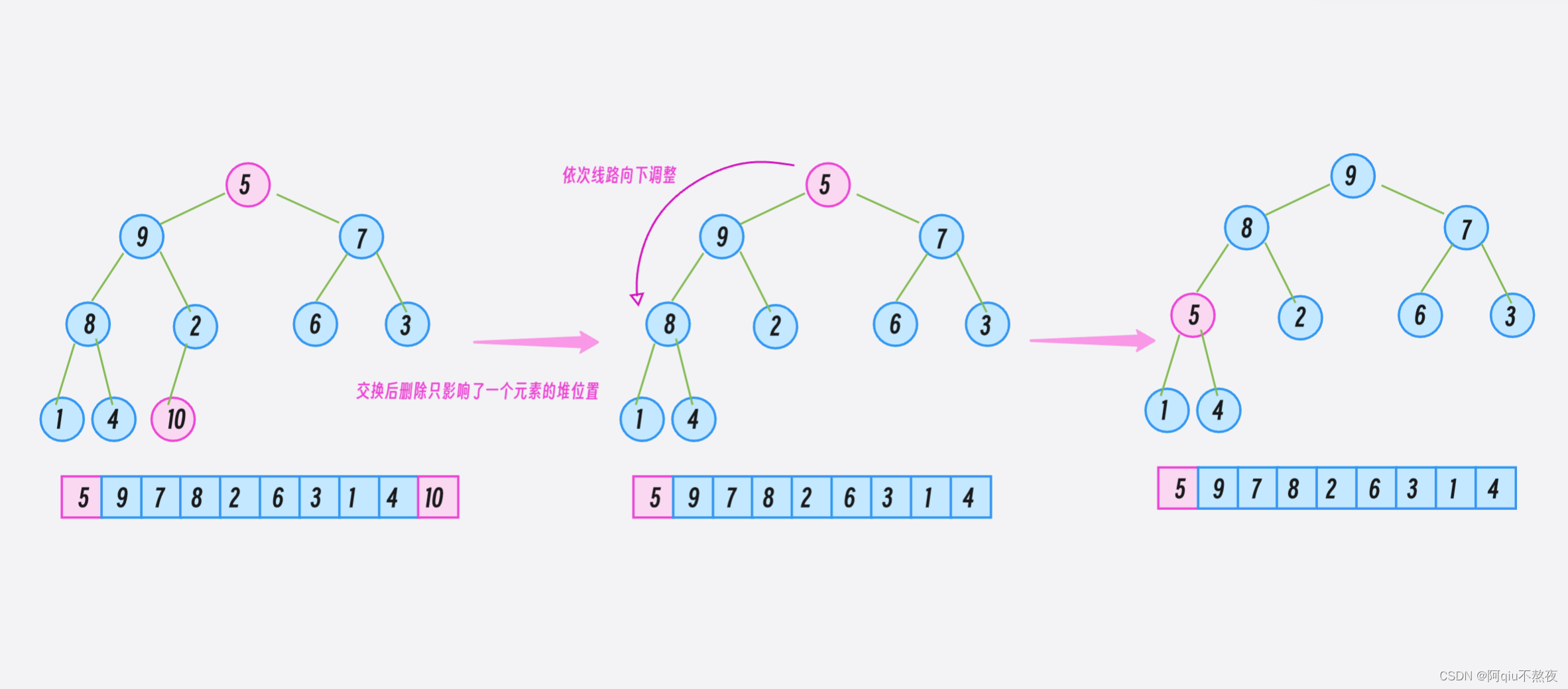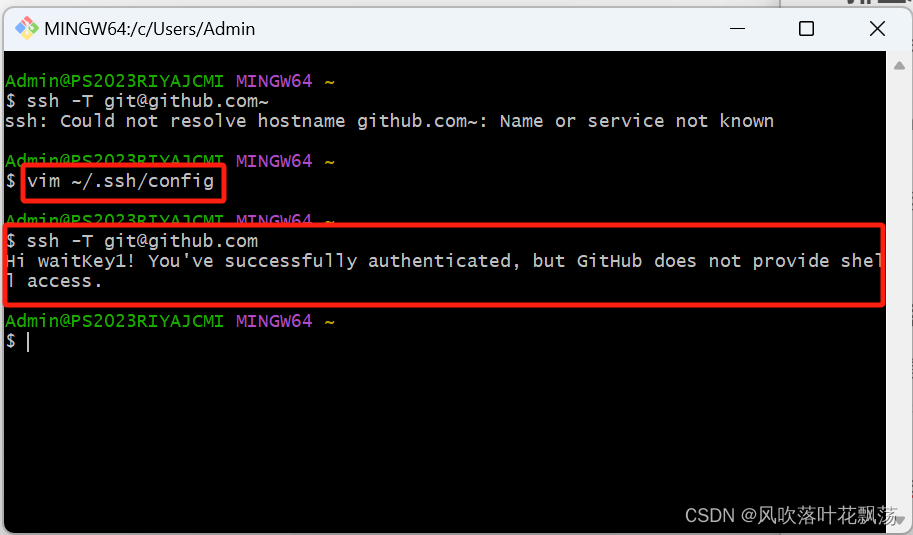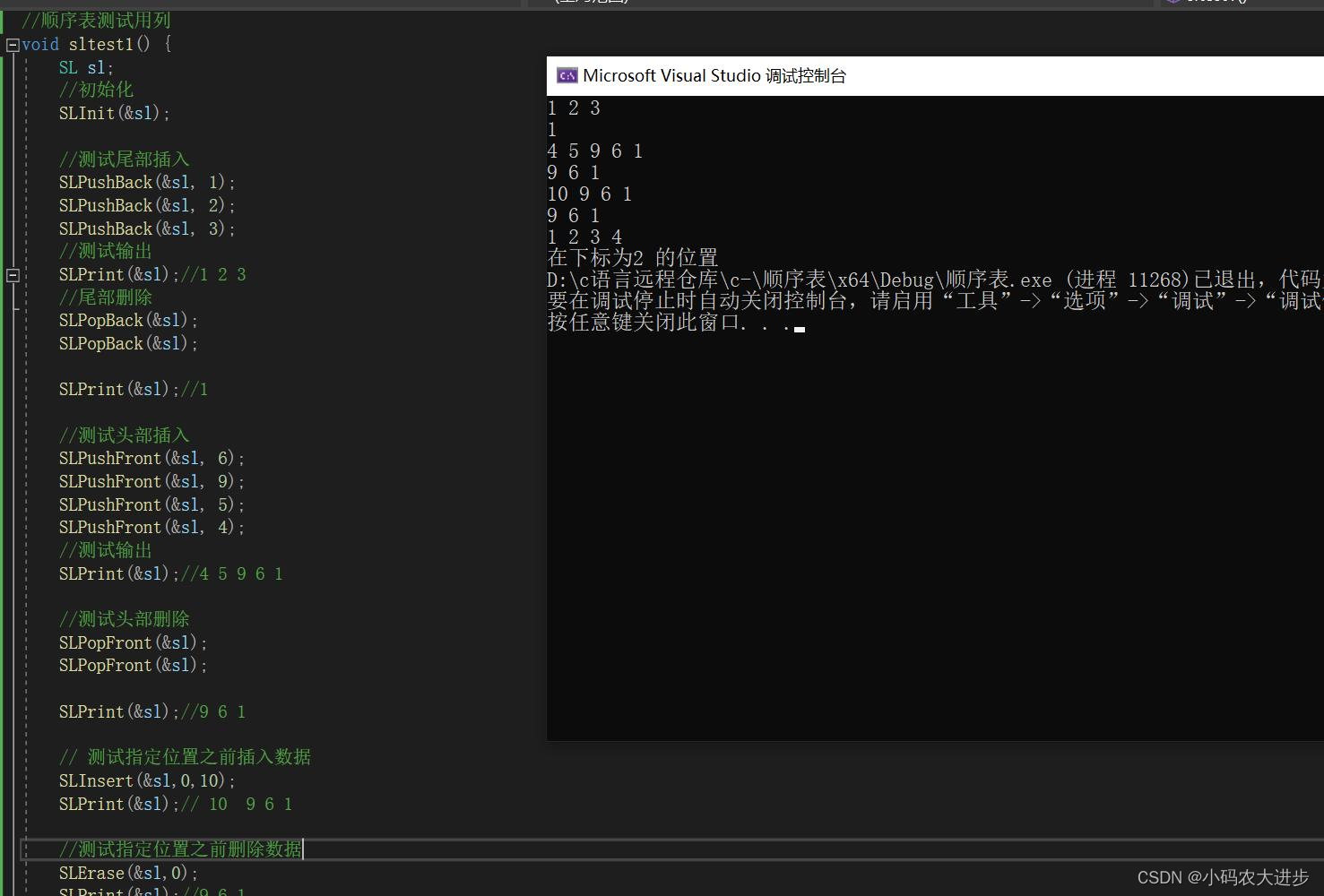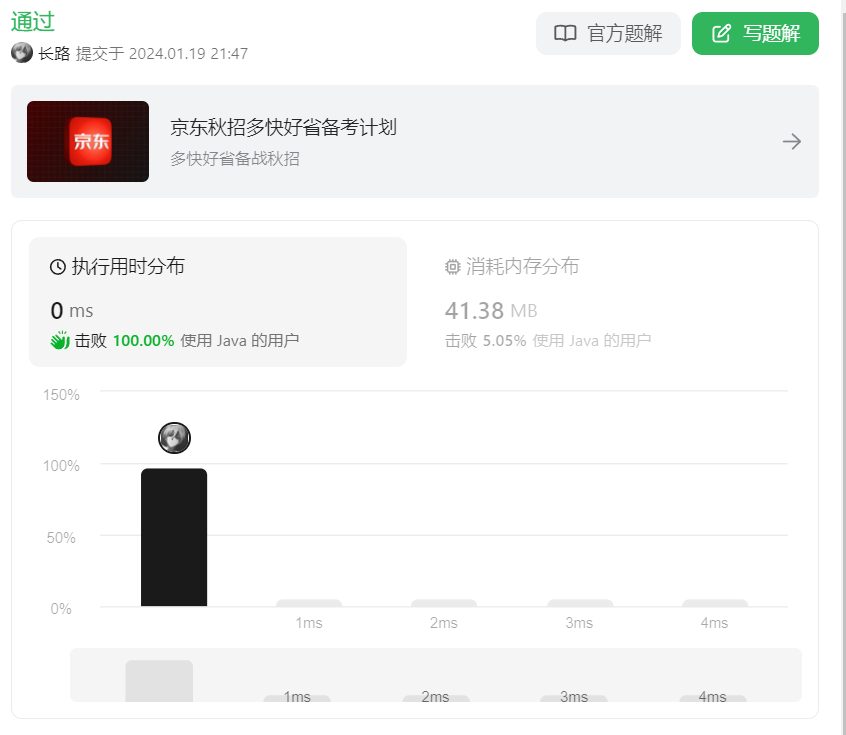java8 列表通过 stream流 根据对象属性去重的三种实现方法
一、简单去重
public class DistinctTest {
/**
* 没有重写 equals 方法
*/
@Setter
@Getter
@ToString
@AllArgsConstructor
@NoArgsConstructor
public static class User {
private String name;
private Integer age;
}
/**
* lombok(@Data) 重写了 equals 方法 和 hashCode 方法
*/
@Data
@AllArgsConstructor
@NoArgsConstructor
public static class User2 {
private String name;
private Integer age;
}
@Test
public void easyTest() {
List<Integer> integers = Arrays.asList(1, 1, 2, 3, 4, 4, 5, 6, 77, 77);
System.out.println("======== 数字去重 =========");
System.out.print("原数字列表:");
integers.forEach(x -> System.out.print(x + " "));
System.out.println();
System.out.print("去重后数字列表:");
integers.stream().distinct().collect(Collectors.toList()).forEach(x -> System.out.print(x + " "));
System.out.println();
System.out.println();
List<User> list = Lists.newArrayList();
User three = new User("张三", 18);
User three2 = new User("张三", 18);
User three3 = new User("张三", 24);
User four = new User("李四", 18);
list.add(three);
list.add(three);
list.add(three2);
list.add(three3);
list.add(four);
System.out.println("======== 没有重写equals方法的话,只能对相同对象(如:three)进行去重,不能做到元素相同就可以去重) =========");
// 没有重写 equals 方法时,使用的是超类 Object 的 equals 方法
// 等价于两个对象 == 的比较,只能筛选同一个对象
System.out.println("初始对象列表:");
list.forEach(System.out::println);
System.out.println("简单去重后初始对象列表:");
list.stream().distinct().collect(Collectors.toList()).forEach(System.out::println);
System.out.println();
System.out.println();
List<User2> list2 = Lists.newArrayList();
User2 five = new User2("王五", 18);
User2 five2 = new User2("王五", 18);
User2 five3 = new User2("王五", 24);
User2 two = new User2("二蛋", 18);
list2.add(five);
list2.add(five);
list2.add(five2);
list2.add(five3);
list2.add(two);
System.out.println("======== 重写了equals方法的话,可以做到元素相同就可以去重) =========");
// 所以如果只需要写好 equals 方法 和 hashCode 方法 也能做到指定属性的去重
System.out.println("初始对象列表:");
list2.forEach(System.out::println);
System.out.println("简单去重后初始对象列表:");
list2.stream().distinct().collect(Collectors.toList()).forEach(System.out::println);
}
}
二、根据对象某个属性去重
0、User对象
/**
* 没有重写 equals 方法
*/
@Setter
@Getter
@ToString
@AllArgsConstructor
@NoArgsConstructor
public static class User {
private String name;
private Integer age;
}
1、使用filter进行去重
@Test
public void objectTest() {
List<User> list = Arrays.asList(
new User(null, 18),
new User("张三", null),
null,
new User("张三", 24),
new User("张三5", 24),
new User("李四", 18)
);
System.out.println("初始对象列表:");
list.forEach(System.out::println);
System.out.println();
System.out.println("======== 使用 filter ,根据特定属性进行过滤(重不重写equals方法都不重要) =========");
System.out.println("根据名字过滤后的对象列表:");
// 第一个 filter 是用于过滤 第二个 filter 是用于去重
List<User> collect = list.stream().filter(o -> o != null && o.getName() != null)
.filter(distinctPredicate(User::getName)).collect(Collectors.toList());
collect.forEach(System.out::println);
System.out.println("根据年龄过滤后的对象列表:");
List<User> collect1 = list.stream().filter(o -> o != null && o.getAge() != null)
.filter(distinctPredicate(User::getAge)).collect(Collectors.toList());
collect1.forEach(System.out::println);
}
/**
* 列表对象去重
*/
public <K, T> Predicate<K> distinctPredicate(Function<K, T> function) {
// 因为stream流是多线程操作所以需要使用线程安全的ConcurrentHashMap
ConcurrentHashMap<T, Boolean> map = new ConcurrentHashMap<>();
return t -> null == map.putIfAbsent(function.apply(t), true);
}
测试

①、疑惑
既然 filter 里面调用的是 distinctPredicate 方法,而该方法每次都 new 一个新的 map 对象,那么 map 就是新的,怎么能做到可以过滤呢
②、解惑
先看一下 filter 的部分实现逻辑,他使用了函数式接口 Predicate ,每次调用filter时,会使用 predicate 对象的 test 方法,这个对象的test 方法就是 null == map.putIfAbsent(function.apply(t), true)
而 distinctPredicate 方法作用就是生成了一个线程安全的 Map 集合,和一个 predicate 对象,且该对象的 test 方法为 null == map.putIfAbsent(function.apply(t), true)
之后 stream 流的 filter 方法每次都只会使用 predicate 对象的 test 方法,而该 test 方法中的 map 对象在该流中是唯一的,并不会重新初始化
@Override
public final Stream<P_OUT> filter(Predicate<? super P_OUT> predicate) {
Objects.requireNonNull(predicate);
return new StatelessOp<P_OUT, P_OUT>(this, StreamShape.REFERENCE,
StreamOpFlag.NOT_SIZED) {
@Override
Sink<P_OUT> opWrapSink(int flags, Sink<P_OUT> sink) {
return new Sink.ChainedReference<P_OUT, P_OUT>(sink) {
@Override
public void begin(long size) {
downstream.begin(-1);
}
@Override
public void accept(P_OUT u) {
if (predicate.test(u))
downstream.accept(u);
}
};
}
};
}
2、使用Collectors.toMap() 实现根据某一属性去重(这个可以实现保留前一个还是后一个)
要注意 Collectors.toMap(key,value) 中 value 不能为空,会报错,key 可以为 null,但会被转换为字符串的 “null”
@Test
public void objectTest() {
List<User> list = Arrays.asList(
new User(null, 18),
new User("张三", null),
null,
new User("张三", 24),
new User("张三5", 24),
new User("李四", 18)
);
System.out.println("初始对象列表:");
list.forEach(System.out::println);
System.out.println();
System.out.println("======== 使用 Collectors.toMap() 实现根据某一属性去重 =========");
System.out.println("根据名字过滤后的对象列表 写法1:");
// (v1, v2) -> v1 的意思 两个名字一样的话(key一样),存前一个 value 值
Map<String, User> collect = list.stream().filter(Objects::nonNull).collect(Collectors.toMap(User::getName, o -> o, (v1, v2) -> v1));
// o -> o 也可以写为 Function.identity() ,两个是一样的,但后者可能比较优雅,但阅读性不高,如下
// Map<String, User> collect = list.stream().filter(Objects::nonNull).collect(Collectors.toMap(User::getName, Function.identity(), (v1, v2) -> v1));
List<User> list2 = new ArrayList<>(collect.values());
list2.forEach(System.out::println);
System.out.println("根据名字过滤后的对象列表 写法2:");
Map<String, User> map2 = list.stream().filter(o -> o != null && o.getName() != null)
.collect(HashMap::new, (m, o) -> m.put(o.getName(), o), HashMap::putAll);
list2 = new ArrayList<>(map2.values());
list2.forEach(System.out::println);
System.out.println("根据年龄过滤后的对象列表:");
// (v1, k2) -> v2 的意思 两个年龄一样的话(key一样),存后一个 value 值
Map<Integer, User> collect2 = list.stream().filter(Objects::nonNull).collect(Collectors.toMap(User::getAge, o -> o, (v1, v2) -> v2));
list2 = new ArrayList<>(collect2.values());
list2.forEach(System.out::println);
}
测试
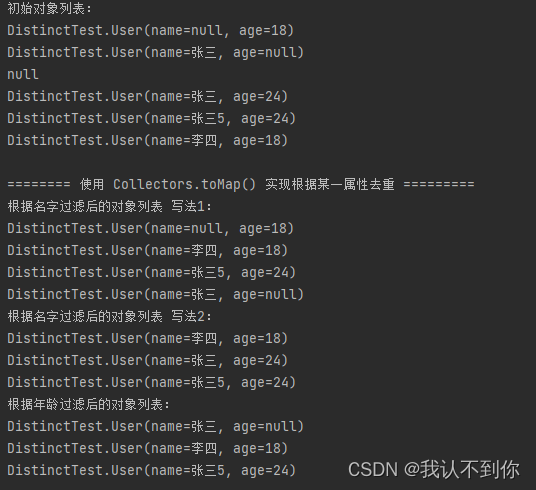
2.2、Collectors.toMap() 的变种 使用 Collectors.collectingAndThen()
Collectors.collectingAndThen()函数 它可接受两个参数,第一个参数用于reduce操作,而第二参数用于map操作。也就是,先把流中的所有元素传递给第一个参数,然后把生成的集合传递给第二个参数来处理。
@Test
public void objectTest() {
List<User> list = Arrays.asList(
new User(null, 18),
new User("张三", null),
null,
new User("张三", 24),
new User("张三5", 24),
new User("李四", 18)
);
System.out.println("初始对象列表:");
list.forEach(System.out::println);
System.out.println();
System.out.println("======== 使用 Collectors.toMap() 实现根据某一属性去重 =========");
System.out.println("根据名字过滤后的对象列表:");
ArrayList<User> collect1 = list.stream().filter(o -> o != null && o.getName() != null).collect(
Collectors.collectingAndThen(Collectors.toMap(User::getName, o -> o, (k1, k2) -> k2), x-> new ArrayList<>(x.values())));
collect1.forEach(System.out::println);
System.out.println("======== 或者 ==========");
List<User> collect = list.stream().filter(o -> o != null && o.getName() != null).collect(
Collectors.collectingAndThen(Collectors.toCollection(
() -> new TreeSet<>(Comparator.comparing(User::getName))), ArrayList<User>::new));
collect.forEach(System.out::println);
}
测试
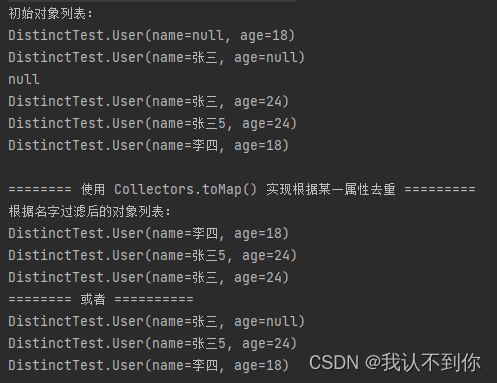
三、测试哪个方法比较快
@Test
public void objectTest() {
List<User> list = new ArrayList<>(Arrays.asList(
new User(null, 18),
new User("张三", null),
null,
new User("张三", 24),
new User("张三5", 24),
new User("李四", 18)
));
for (int i = 0; i < 100000; i++) {
list.add(new User((Math.random() * 10) + "", (int) (Math.random() * 10)));
}
System.out.println("======== 测试速度 =========");
long startTime = System.currentTimeMillis();
List<User> list1 = list.stream().filter(o -> o != null && o.getName() != null)
.filter(distinctPredicate(User::getName)).collect(Collectors.toList());
long endTime = System.currentTimeMillis();
System.out.println("filter 用时 :" + (endTime - startTime));
System.out.println();
startTime = System.currentTimeMillis();
Map<String, User> map1 = list.stream().filter(o -> o != null && o.getName() != null)
.collect(Collectors.toMap(User::getName, o -> o, (v1, v2) -> v1));
List<User> list2 = new ArrayList<>(map1.values());
endTime = System.currentTimeMillis();
System.out.println("map1 用时 :" + (endTime - startTime));
System.out.println();
startTime = System.currentTimeMillis();
ArrayList<User> list3 = list.stream().filter(o -> o != null && o.getName() != null).collect(
Collectors.collectingAndThen(Collectors.toMap(User::getName, o -> o, (k1, k2) -> k2), x -> new ArrayList<>(x.values())));
endTime = System.currentTimeMillis();
System.out.println("map2 用时 :" + (endTime - startTime));
System.out.println();
startTime = System.currentTimeMillis();
List<User> list4 = list.stream().filter(o -> o != null && o.getName() != null).collect(
Collectors.collectingAndThen(Collectors.toCollection(
() -> new TreeSet<>(Comparator.comparing(User::getName))), ArrayList<User>::new));
endTime = System.currentTimeMillis();
System.out.println("map3 用时 :" + (endTime - startTime));
System.out.println();
startTime = System.currentTimeMillis();
Map<String, User> map2 = list.stream().filter(o -> o != null && o.getName() != null)
.collect(HashMap::new, (m, o) -> m.put(o.getName(), o), HashMap::putAll);
List<User> list5 = new ArrayList<>(map2.values());
endTime = System.currentTimeMillis();
System.out.println("map4 用时 :" + (endTime - startTime));
}
测试:
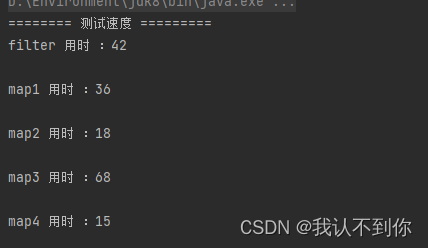
四、结论
1、去重最快:
ArrayList<User> list3 = list.stream().filter(o -> o != null && o.getName() != null).collect(
Collectors.collectingAndThen(Collectors.toMap(User::getName, o -> o, (k1, k2) -> k2), x -> new ArrayList<>(x.values())));
// 或者
Map<String, User> map2 = list.stream().filter(o -> o != null && o.getName() != null)
.collect(HashMap::new, (m, o) -> m.put(o.getName(), o), HashMap::putAll);
List<User> list5 = new ArrayList<>(map2.values());
2、其次
Map<String, User> map1 = list.stream().filter(o -> o != null && o.getName() != null)
.collect(Collectors.toMap(User::getName, o -> o, (v1, v2) -> v1));
List<User> list2 = new ArrayList<>(map1.values());
// distinctPredicate 是一个方法 本文中有 ,可以 ctrl + f 查找
List<User> list1 = list.stream().filter(o -> o != null && o.getName() != null)
.filter(distinctPredicate(User::getName)).collect(Collectors.toList());
3、最慢
List<User> list4 = list.stream().filter(o -> o != null && o.getName() != null).collect(
Collectors.collectingAndThen(Collectors.toCollection(
() -> new TreeSet<>(Comparator.comparing(User::getName))), ArrayList<User>::new));




